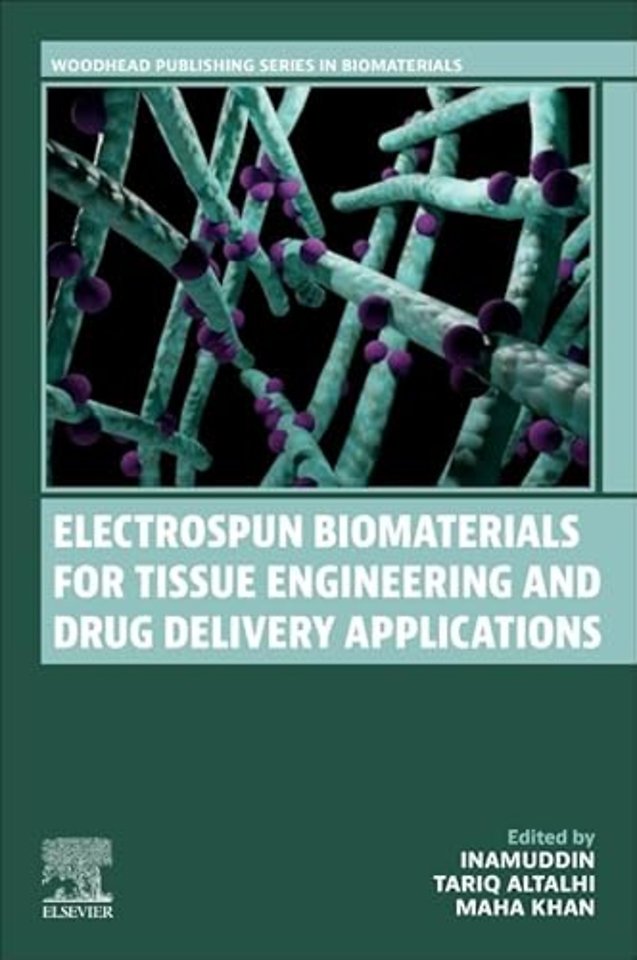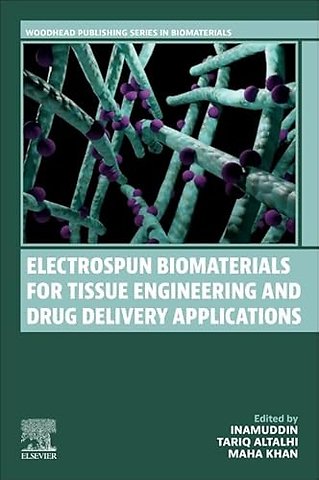Electrospun Biomaterials for Tissue Engineering and Drug Delivery Applications
Samenvatting
Electrospun Biomaterials for Tissue Engineering and Drug Delivery Applications introduces the fundamental principles of electrospinning and provides an understanding of the electrospinning process, including the selection of polymers, solvent systems, and processing parameters to achieve desired properties. Tissue engineering applications of electrospun nanofibers across a wide range of tissues and organs is covered, including bone, cartilage, skin, and blood vessels. This book also explores the growing role of electrospun biomaterials in wound dressings and controlled drug delivery systems, reviewing a broad selection of material classes such as starch, cellulose, chitosan, and gelatin. Electrospun Biomaterials for Tissue Engineering and Drug Delivery Applications is a useful resource for researchers and postgraduate students working in the fields of biomaterials, tissue engineering, and pharmaceutical sciences.

